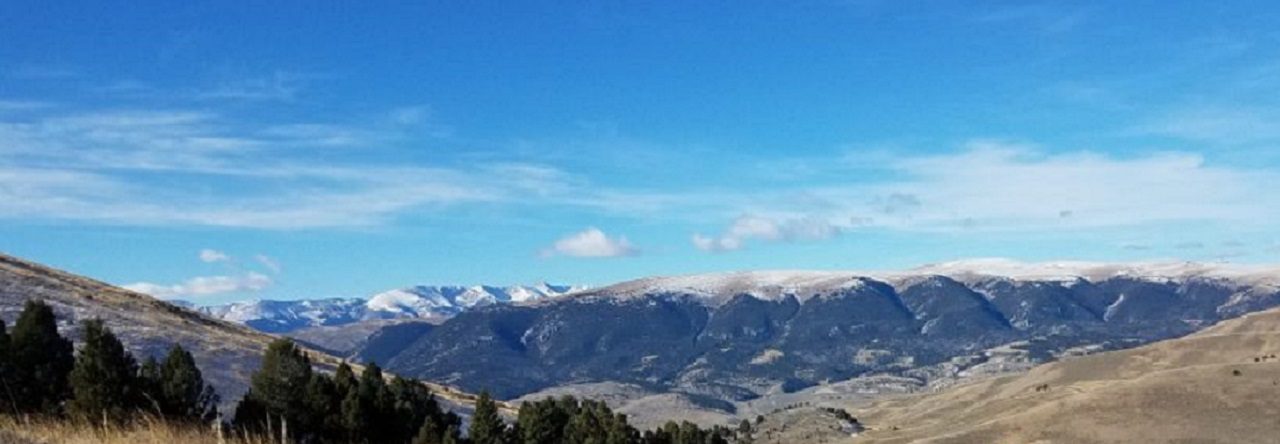The first really long hike I remember doing was a summer time trek in Florida’s Ocala National Forest. Planning by the group leaders was ongoing for months and had been meticulous. Detailed menus, easy mapped sections each day, we even had designated campsites for each night with potable water sources so we didn’t to carry need heavy water filters to treat water from the wild. It’s amazing how simple things multiply. For whatever reason we started out at the wrong trail head. This added way too many unexpected miles to our first day hiking in the Florida sun, from which we never really recovered. We all ran out of water miles short of the first campsite. One of my most distinct memories of this early backpacking trip was passing the numerous ponds, teaming with wildlife, and no way to treat water to drink.
Today water treatment technology makes it so easy to be prepared and to gather safe drinking water from the field. There is really no reason not to have something for water treatment tucked away in your pack.
The smart folks at the Centers for Disease Control and prevention tell us the things in back country water which will hurt us (this means pooping on ourselves, throwing up, and/or the joys of stomach or intestinal cramps) are called pathogens, and they fall in to three primary types: Protozoa (little bugs), Bacteria (littler bugs), and Viruses (littlest bugs). I know technical, right? The bottom line is you can’t see these guys. Despite folklore, you can’t just look at a water source and say “oh this looks good, no need to filter this water!” Any water from a wild source should be suspect. The real question is how much risk am I willing to take, or worded differently, how close am I to the end of the trail where I can get to a bathroom?
Outdoor Skills – Water Treatment Methods
Why use a water treatment when outdoors? The short answer is there is simply no easy way to tell if a water source contains disease-causing microorganisms. There are people who will claim they have been drinking untreated back country water for years. At best, this can be a high risk practice. When pulling surface water from any lake, stream, or river, anywhere water is exposed, it is susceptible to contamination with microbes and viruses. The best practice is to treat water from any source. Always treat all water.
When heading out for a trip where I know I will be pulling water from a natural source, I always try to have at least two methods of water treatment. A backup method helps you be prepared when your primary method fails for whatever reasons. There is little worse than running out of water and not being able to safely refill your water bottles. We’ll take a look at some of the basic treatment methods and some of pros and cons of each.
The oldest and simplest water treatment method is to boil your water. Fill a container with clear water (strain as needed) and place over a stove or fire to bring the water to a rolling boil. Let cool and you’re done. This is a great backup method when you have a stove with you. Some of the down sides to this method are it takes fuel and time. You may need to carry extra fuel if you are going to plan to boil all the water for your trip. You also need to take time to let the water cool. The boiling or very hot water can deform some plastic water containers and scald skin.
Filtration is a great and very popular primary water treatment method. There are a number of filtration systems including straws, pumps, squeeze, and gravity systems available. Basically filtration removes biological contamination through a physical filter. So the most important thing to know here is how small are the particles the filter will take out. In this case, smaller is better. You want to start with nothing larger than 1 micron to filter out the the little bugs, like Cryptosporidium & Giardia. But you really need to move to a filter of no more than 0.3 or 0.2 microns and go smaller if you can, ideally 0.1 micron, to remove most of the other bad littler & littlest guys like Campylobacter, Salmonella, Shigella, E. coli and enterovirus, hepatitis A, norovirus, rotavirus. Gravity bags are great for easy and a high volume of finished water. Pumps are good for smaller groups and shallow water. Squeeze filters are great individual filter systems. The gravity systems are difficult to use with shallow water sources and can be expensive. A lot of pumping can be fatiguing. Squeeze filter are susceptible to damage from freezing due to the micro-tube filter media.
Chemicals are a good alternate plan for water disinfection and can be used with filtration to provide better results as chemical treatments are generally effective against most biological contaminants. Mostly chemical treatments are limited to some form of iodine, chlorine, or chlorine dioxide. Chemical treatments do require an amount of “soak” time to work effectively, typically at least 20-30 minutes. So you can’t treat and drink right away, you must allow time for the chemical to do it’s job. You must follow the manufactures dosing instructions. Some people may have or develop sensitivities to the chemicals and they can leave an unpleasant aftertaste.
A couple quick tips.
Always try to pull water from the visually cleanest part of the water source. When filtering, use a pre-filter to reduce the crud getting to and clogging the main, finer filter. Keep your clean water containers separate from dirty water containers. Powdered drink mixes with citric acid can help neutralize or mast the aftertaste of chemical water treatments – after the required wait time.
#
Like this:
Like Loading...















